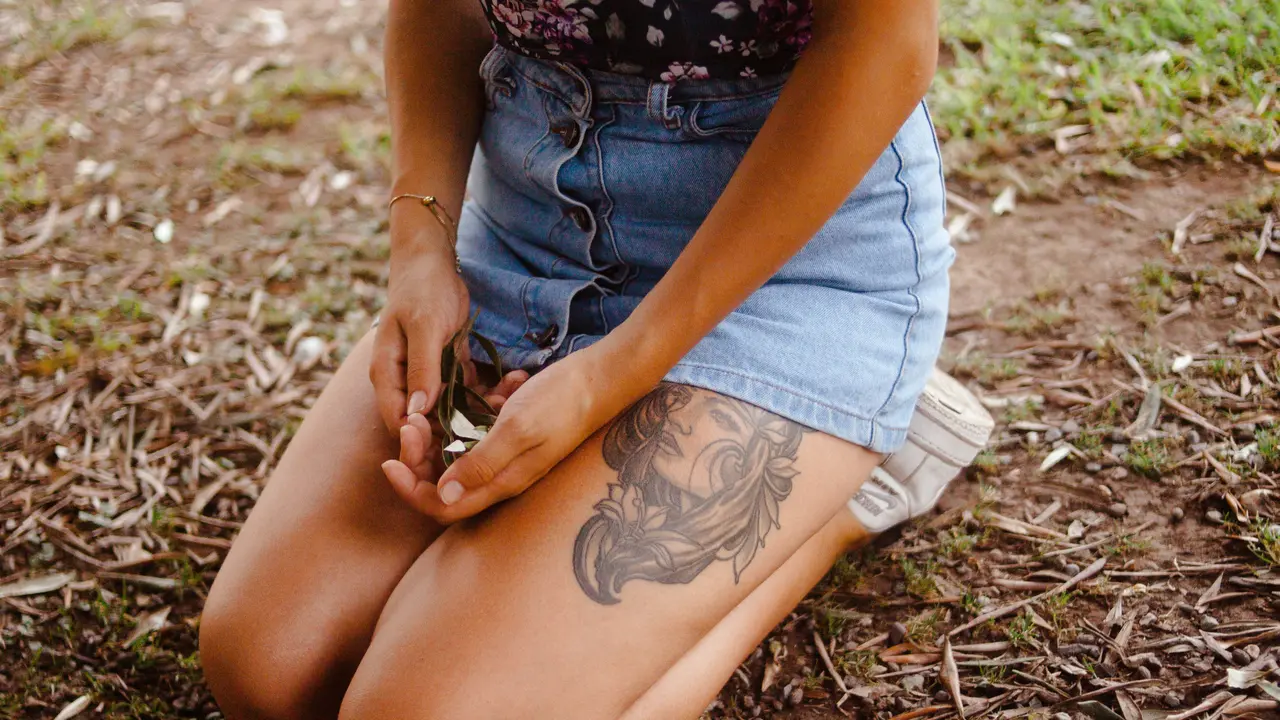Updated 7 May 2024 at 01:43 IST
What Is Chafing? Know Causes, Prevention, Cure
Chafing occurs in areas where skin rubs against skin or clothing, leading to discomfort, redness, and sometimes even pain.
- Health News
- 3 min read

Chafing causes and cure | Image:
Unsplash
Chafing is a common skin condition that occurs when friction, heat, and moisture combine to irritate and damage the skin's surface. It often occurs in areas where skin rubs against skin or clothing, leading to discomfort, redness, and sometimes even pain. While chafing is not typically serious, it can be uncomfortable and affect your daily activities. Here's what you need to know about chafing, including its causes, prevention strategies, and methods for relief.
Causes of chafing
- Friction between skin surfaces or between skin and clothing is the primary cause of chafing. Activities that involve repetitive movements, such as walking, running, or cycling, can increase the risk of chafing.
- Excessive sweat or moisture on the skin can exacerbate friction and increase the likelihood of chafing. Humid weather conditions or wearing non-breathable clothing can contribute to moisture buildup.
- Wearing tight or poorly fitting clothing, particularly in areas prone to chafing, can lead to friction and irritation of the skin. This is especially common in athletic wear or undergarments.

Prevention of chafing
- Applying a lubricating product, such as petroleum jelly, anti-chafing balm, or body glide, to areas prone to chafing can reduce friction and provide a protective barrier for the skin.
- Choose breathable, moisture-wicking fabrics for your clothing, especially when engaging in physical activities. These fabrics help to draw moisture away from the skin and reduce the risk of chafing.
- Keep your skin clean and dry to minimise moisture buildup and reduce the risk of chafing. Shower regularly, especially after sweating, and use talcum powder or cornstarch to absorb excess moisture.
- Wear loose-fitting clothing made from soft, smooth fabrics to minimise friction against the skin. Avoid clothing with rough seams or tags that can rub against the skin and cause irritation.
- Proper hydration can help maintain skin elasticity and reduce the risk of dryness and irritation. Drink plenty of water throughout the day to keep your skin hydrated from the inside out.
Treatment and relief for chafing

- Gently clean the chafed area with mild soap and water to remove any dirt or sweat.
- Apply a soothing ointment or cream, such as aloe vera gel or diaper rash cream, to the chafed skin to promote healing and provide relief from discomfort.
- Keep the affected area dry and exposed to air as much as possible to promote healing and prevent further irritation.
- Opt for loose-fitting clothing made from soft, breathable fabrics to minimise friction and allow the skin to heal.
- If possible, avoid activities that may increase chafing until the skin has healed completely. Give your skin time to recover and avoid further irritation.
Published By : Risha Ganguly
Published On: 7 May 2024 at 01:43 IST
